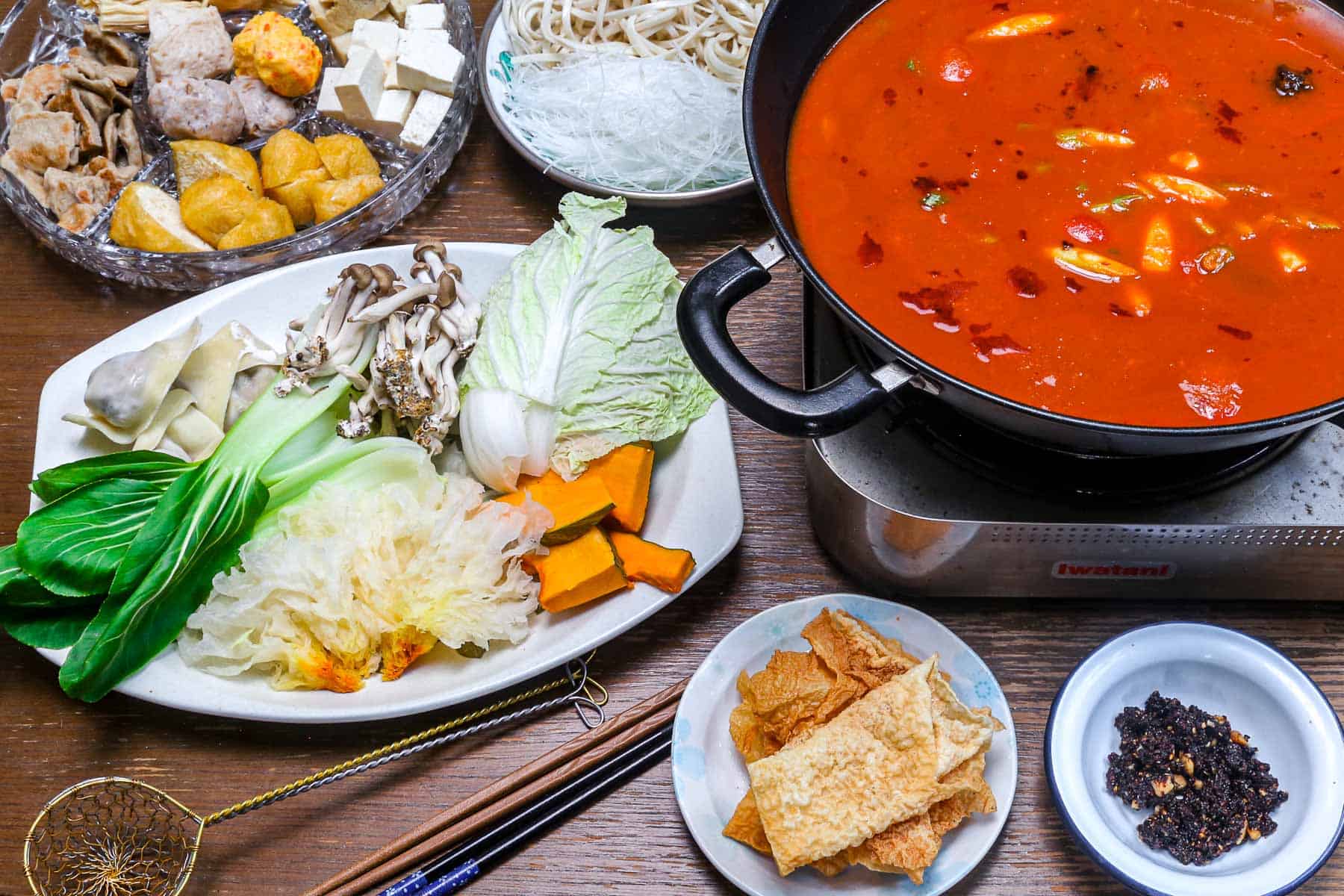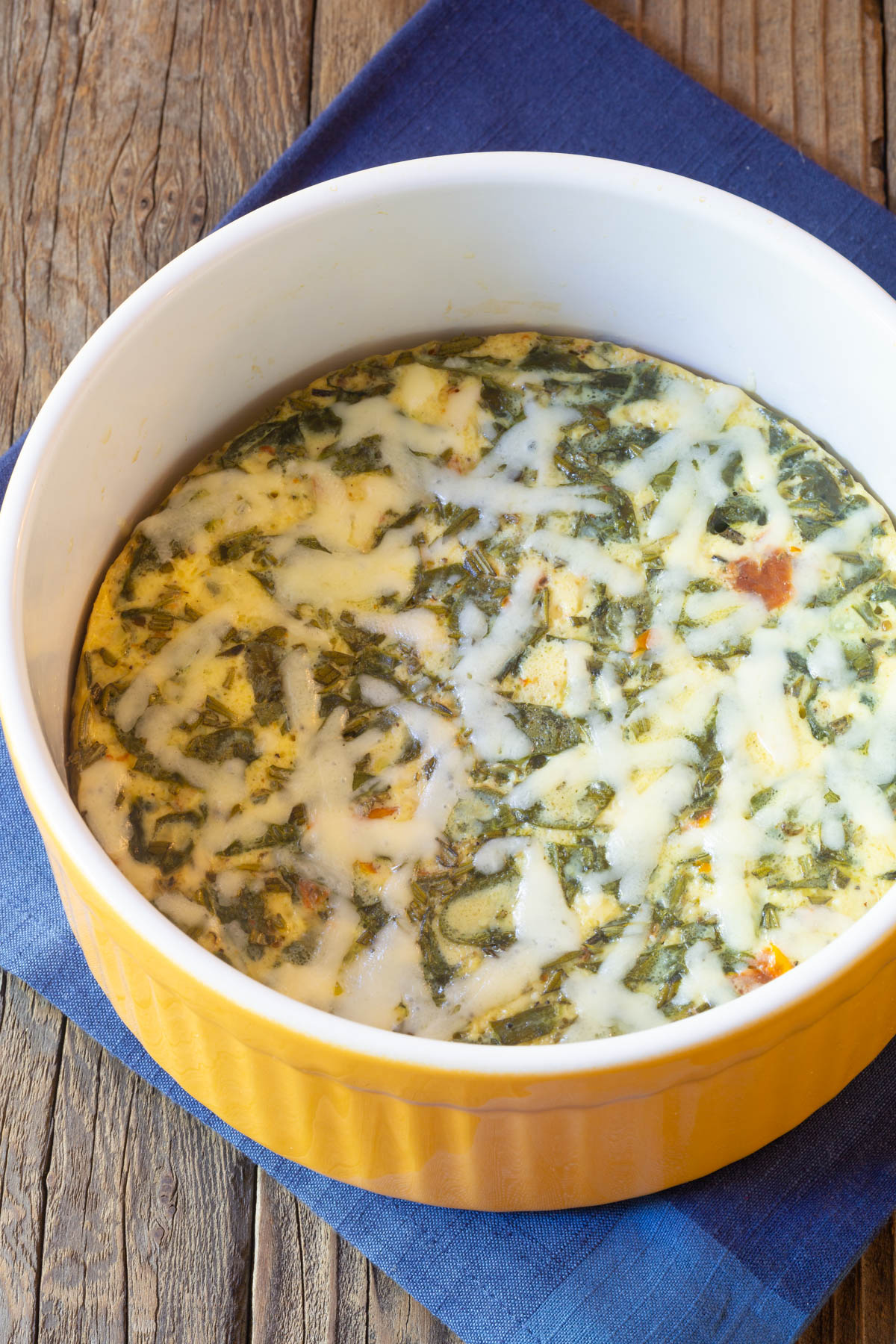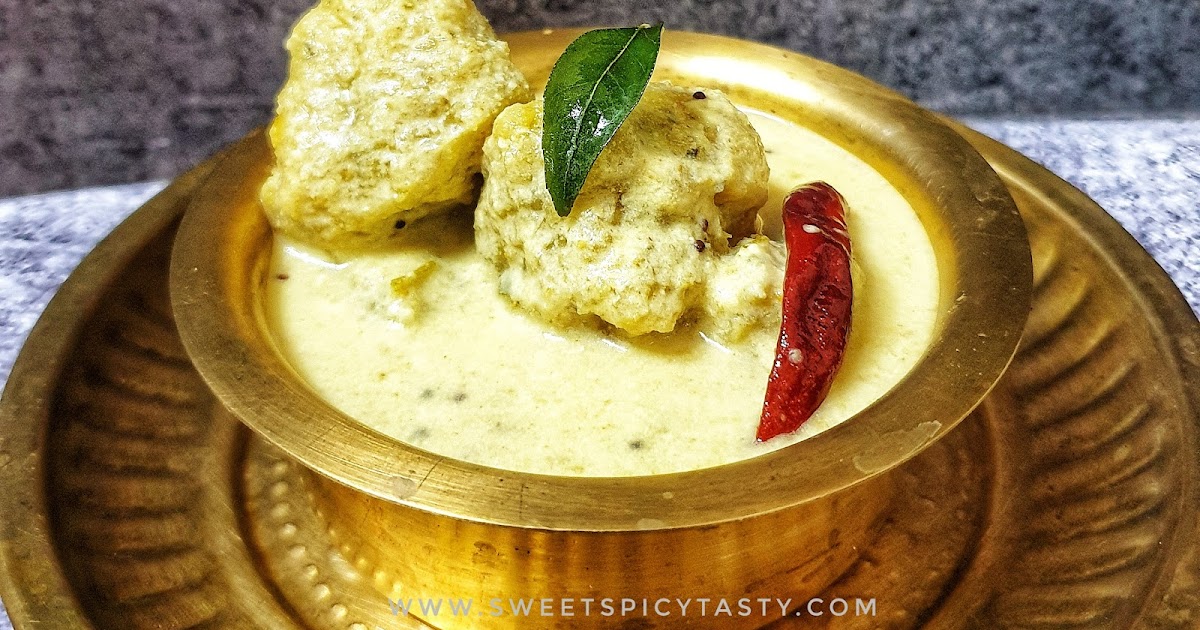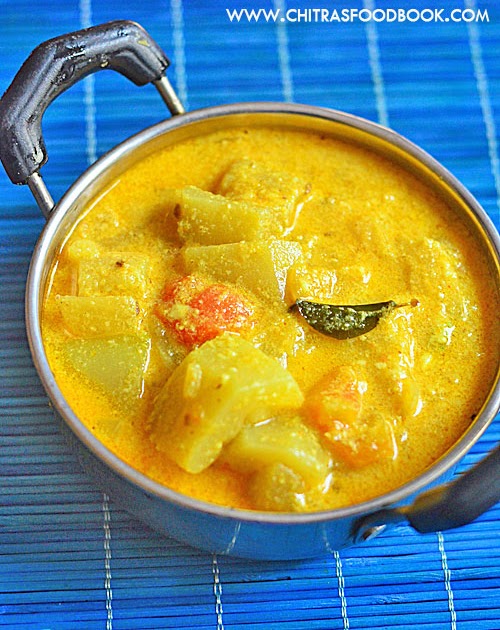Shabu shabu, steamboat, suki, nabe, hot pot.
Different countries call it by different names and while the styles differ, the concept is the same: hot broth to boil chunks in and burn yourself while eating.
This basic tomato hotpot soup recipe is based on Chinese tomato hotpots that I have enjoyed and serves 2-3 people with some broth left over.
If you want to have more guests, you can double the recipe. Or make one recipe from this stock and one from another. Jump to:
Ingredients for hot pot
A good hotpot experience consists of three components: the base, additions and dipping sauce(s).
In addition to the tomato stew soup base in this post, you can also buy ready-made packets to mix with water.
Many of these are vegan and there are plenty of flavor options.
Hotpot add-ins
Hot Pots can handle most things you throw at it (or, more accurately, into it).
I believe the easiest way to plan for hot pot ingredients is to shop a few specific categories.
Many Chinese and Korean supermarkets have a hot pot department, especially in winter.
I think a lot of people are wondering if you can make a good vegan hot pot, and the answer is a resounding yes.
In Great Britain, look no further than Vegetarian world for your vegan faux meat and seafood hotpot needs.
- Noodles: My preference is a combination of wheat and glass noodles (soak first and cut a few times with scissors for manageability). Other options include shirataki noodles, fresh or dried (and pre-soaked) rice noodles, udon, etc…
- Vegetables: Cabbage (Napa/Chinese, green cabbage, white cabbage), morning glory, spinach, pea shoots, spinach, broccoli, bok choy, Chinese celery, lettuce, cauliflower, chopped corn on the cob, pumpkin, taro, onion, etc…
- Mushrooms: wood ear, shiitake, thinly sliced king oyster (eryngii), enoki, shimeji, dried snow fungus, dried bamboo fungus, etc…
- Soy products: tofu (fresh or frozen), fresh yuba (sheets or rolls), fried yuba (sheets or rolls), dried bean curd/yuba sticks, fried tofu (also called tofu puffs), fish tofu, paper tofu (in noodle-like pieces cut ribbons), etc…
- Spurious meats: meatballs, seitan, TVP slices, bacon, duck, chicken, sausage, etc…
- Mock seafood: fish balls, crab sticks, shrimps, squid slices, etc…
- Miscellaneous/other: Korean style rice cakes, dumplings, etc…
Dipping sauces
You can go two ways with hot pot sauces: make a sauce or three in advance, or throw a bunch of spices on the table so people can mix their own.
Options include minced garlic, ginger, spring onion, chillies and coriander, plus jars like fermented tofu, thick chilli oil and soy sauce.
Roasted bits such as ground peanuts and ground sesame will not go amiss.
I’m probably overcompensating for a perceived flaw in my personal life because I do both. Here are some ideas:
- Chinese sesame paste with soy sauce, black vinegar, fresh garlic (plus some water), sesame oil, fermented red tofu, leek flower sauce. Or just look for Beijing-style hot pot dipping sauce for a good recipe.
- XO sauce (Kay Kay food sells a great vegan version).
- Vinegar (red or black), garlic, sesame oil, spring onion.
- Chili oil, soy sauce, fresh garlic, sugar, black vinegar.
- Thai style suki sauce (search for Thai suku sauce or nam jim suki for recipes).
- Henderson’s relish, fresh chopped garlic, soy sauce, fresh ginger.
- a billion more things; be creative.
Hot pot equipment
You will need some sort of portable gas or electric table top burner and some sort of pot to cook in.
You can also buy electric cooking pot sets that have everything built in.
A few different types of hot pot cookware exist, including some stock ones. and shared stock pots, but any wide and short pot will do. A Dutch oven/sauté pan is ideal.
Something as small as a frying pan won’t work as well, as the ingredients should ideally be able to submerge and float in the liquid without sitting at the bottom of the cookware.
To fish items out of the hot pot, you will need strainer spoons, ladles, ladles, and chopsticks.
Every diner should have chopsticks, a soup spoon, and a few small bowls (one for removing hot pots, and one or more for various dips).
I also like to put out a few small or one large plates, just to put kitchen utensils on.
How to eat hot pot
Make sure the hot soup has boiled away before you start adding ingredients.
Please note that some dishes cook more quickly (e.g. leafy vegetables).
Throw in your ingredients and let them cook.
Add some dip to a small bowl and when the chunks in the stock are done, fish them out with a sieve spoon or chopsticks into another bowl (or directly into the bowl with the dip if you must).
Dip the cooked food into the sauce and then burn your mouth eating it.
If the soup base becomes too low or too thick, you can always top it up with some water.
Keep in mind that the spices condense as it cooks, so you’ll still have a fairly balanced and flavorful soup when you top up the water.
Don’t forget to keep an eye on the heat.
If it comes to a boil quickly and you want it to go more slowly, turn the heat down a notch.
There’s an art to controlling the heat, but the most important thing is to make sure the liquid boils as you cook.
📖 Recipe
Tomato hot pot soup base
This easy recipe for making a vegan tomato hotpot base serves 2-3 people.
Try to offer a diverse selection of add-ins, preferably with one or two items from each of the following categories: tofu/soy products, mushrooms, mock meat/seafood, green vegetables, stronger root vegetables, noodles and dumplings.
Ingredients
- 45 milliliter vegetable oil (3 tablespoons)
- 50 grams finely chopped onion (½ cup)
- 1 tablespoon Sliced garlic
- 2-3 slices fresh ginger
- 1 ½ tablespoons tomato paste
- 1 ½ tablespoon doubanjiang fermented broad bean-chili paste
- 1 litre water
- 400 grams canned tomatoes (chopped)
- 2 teaspoons I am willow
- 1 ½ teaspoons salty
- 1 teaspoon sugar
- ½ teaspoon MSG
- ¼ teaspoon ground white pepper
- 2 large dried shiitake mushrooms
- 1 part cinnamon
- 1 bay leaf
- 1 star anise
- 2-3 green onions cut
- 100 grams Handful of cherry or baby plum tomatoes
Instructions
- Turn the Instant Pot setting to sauté (low). Add oil. When hot, add the onion and fry for 2-3 minutes. Then add garlic and ginger. Fry for another minute and then add tomato paste and doubanjiang. Cook for a minute or two, stirring constantly. Add all other ingredients, except spring onions and cherry tomatoes.
- Place the lid on the Instant Pot and cook on high pressure (sealed) for 15 minutes.
- If you want a smooth base, fish out the herbs, let the base cool and then mix it.
- When you’re ready to use the base, add it to your stew along with the spring onions and halved cherry tomatoes. Add extra water if you want a thinner broth.
Comments
If you don’t have an Instant Pot, you can still make this on the stovetop. It will just take longer.
Delicious Instant Pot Keto Crustless Quiche Recipe
Instant Pot Keto Crustless Quiche – An easy pressure cooker quiche recipe with a light luxurious texture. It is low…
Welcome to Soup Month! Unveiling the Essence of Savory Delights
Soup Month is a celebration of culinary warmth and deliciousness. Join us on a journey where every spoonful is a…
Paruppu Urundai Mor Kuzhambu/Lentil balls in spicy yogurt gravy
In the rich tapestry of Tamil cuisine, Paruppu Urundai Mor Kuzhambu stands out as a testament to culinary mastery and…
Funfetti Layer Cake with Cream Cheese Frosting
Indulging in a slice of Funfetti Layer Cake is like taking a bite of pure joy. The vibrant colors, the…
Dry Ginger Herbal Drink – The Secret to Health and Flavor
Dry ginger herbal drink, a hidden gem in the world of beverages, has been gaining popularity for its unique flavor…
Butternut Squash Gravy for Rice and Roti – Elevate Your Culinary Experience
Are you tired of the same old gravies for your rice or roti? Look no further! We present the perfect…







Hello i think that i saw you visited my weblog so i came to Return the favore Im trying to find things to improve my web siteI suppose its ok to use some of your ideas
Wow wonderful blog layout How long have you been blogging for you make blogging look easy The overall look of your site is great as well as the content
My brother suggested I might like this website He was totally right This post actually made my day You cannt imagine just how much time I had spent for this information Thanks
Hi i think that i saw you visited my web site thus i came to Return the favore I am attempting to find things to improve my web siteI suppose its ok to use some of your ideas